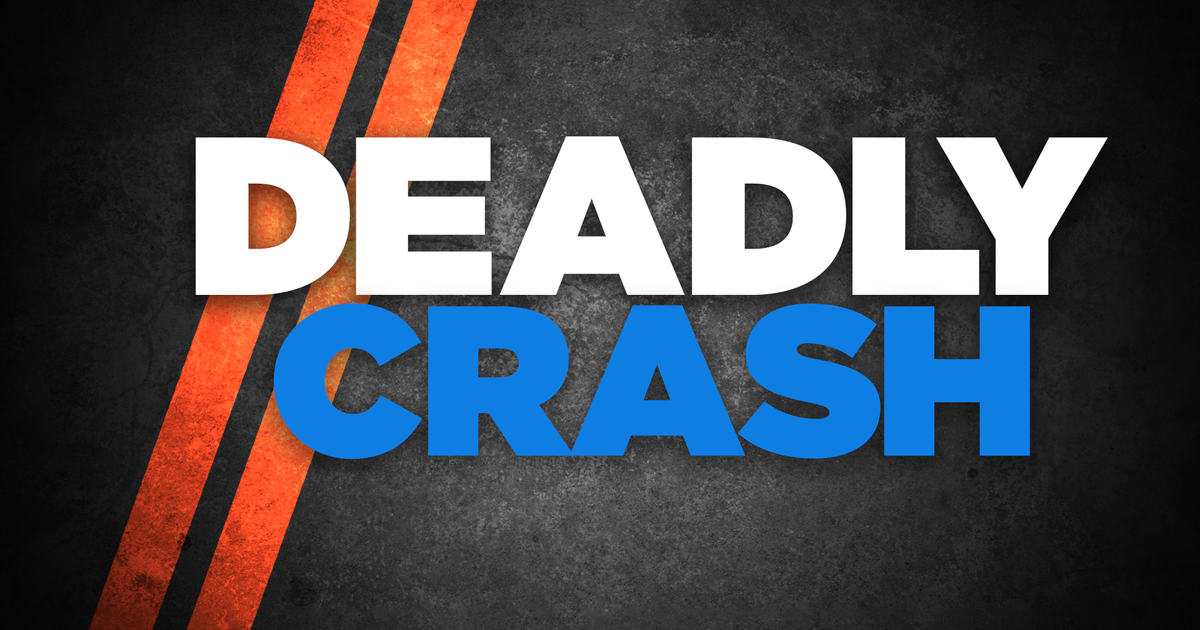New Treatments Help Ease Chronic Back Pain
More than 76 million Americans live with pain every day.
Chronic pain affects more Americans than cancer, diabetes and heart disease combined, according to the American Osteopathic Association.
Managing chronic pain is kind of like taking care of diabetes -- while you can't cure it, you can control it, and a variety of treatments are available. Some involve invasive procedures and some do not.
After multiple back surgeries over two decades, David Wire's chronic pain just became too much to bear.
"One day I tried to get out of bed, and I couldn't do it," the 47-year-old Venetia man recalls.
Sports and repetitive lifting at work got the best of him. "My left leg actually got to the point where I started to lose all my feeling, and it was pins and needles all the time," Wire said.
He gave up his hobbies. "I didn't play [the tuba] for quite a long time, I had to quit a lot of the things I was in."
He gave up his usual life. "I couldn't do anything with my kids, couldn't go out, throw the ball around, I couldn't run, let alone walk any more, I couldn't go to the store, couldn't drive any more, pretty much had to sit in the house all the time."
He tried heat, electrical stimulation, physical therapy and even medicine. "Very nauseated, very sick, never felt right," he said. "Always light headed, didn't feel stable on my feet [and] decided it was better to be in pain, than to have all those side effects."
"One of the problems with opioid pain medications is in many individuals have chased the desire to go to zero pain, and they've had multiple side effects from those medications," says Dr. David Provenzano of Ohio Valley General Hospital's Institute for Pain Diagnostics and Care.
All the non-invasive strategies didn't work.
"The spinal cord and the brain have changed their wiring and that's why we often have persistent chronic pain states," Dr. Provenzano continues.
Eventually, David got a spinal cord stimulator.
"I'm walking again, which is great," he said. "I'd say 90 percent of the time, I'm out of pain. I can drive again, I can go to the store."
But not everyone gets relief this way.
"Usually they come in very frustrated, and feeling helpless," says Deborah Conway, PhD, of the UPMC Center for Integrative Medicine.
For people who have tried all the standard therapies and surgeries without success, hypnosis and biofeedback can help people lessen the body's automatic responses to pain.
"The heart rate goes up, respiration rate goes up, blood pressure goes up, blood sugar goes up, body temperature goes up, and what we're attempting to do is control that stress response. And so we teach people to do deep rhythmic breathing, to control their heart rate variability."
She says these techniques are not like a magic wand where people leave after one session pain-free.
"So we're looking at treatments that over time will give people the experience of relaxation, learning to control their own stress responses, so that emotional level of pain is better controlled," she continues.
After a series of sessions, they can get better.
"Some people have been able to reduce their medication, some people are able to perform activities they haven't been able to do - now they're back at the gym, they're back to work, things that significantly improve their lives."
Dr. Provenzano says with medication, people can expect a 30-40 percent reduction in chronic pain. This can allow them to participate more fully in other ways to reduce pain, like physical therapy. He says realistic expectations are important and that zero pain with any treatment may be hard to achieve.



